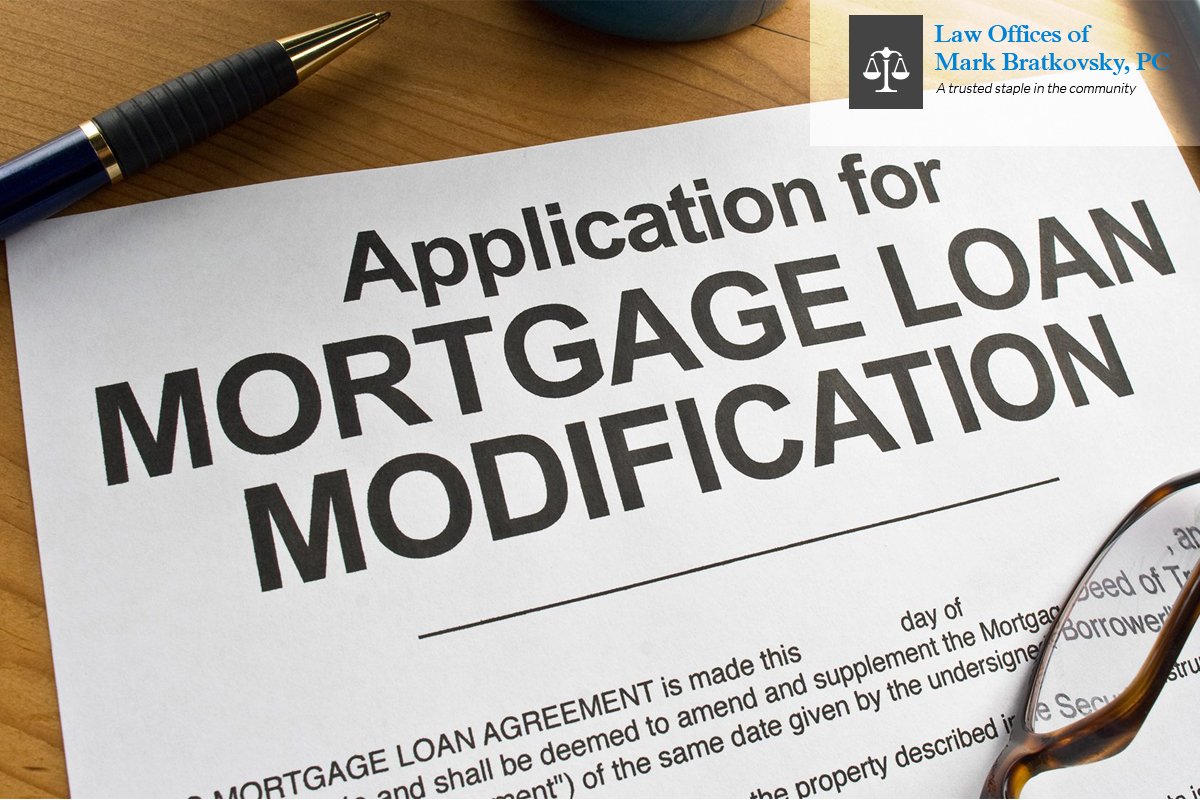Denials & Restrictions Concerning Loan Modification in New York
With the HAMP (federal Home Affordable Modification Program) expiration in December ’16, struggling borrowers have been turning to the standard loan modifications. The in-house modifications have been the staple of the American banking structure even before HAMP.

In general, HAMP’s prime benefit was its standardisation provided to the lenders throughout the industry. However, before HAMP, the loan modification New York processing method varied from one institute to another. And each claimant requires room for the review of the private denial outside the legal safeguards created in the New York State foreclosure legislation. But the expiration of HAMP did not bring any corresponding decrease in the overall financial hardships. But there’s a lingering question: will the return to the in-house modifications lead to an expansion in the arbitrary denials &roadblocks for struggling borrowers in New York?
According to the New York legal structure, loan modification” is the “waiver, modification or the variation of material terms of mortgage loans. That’s evident regardless of whether the overall duration is long-term, short-term, or life of the line. Additionally, it changes the interest rate,and payment principle or extends the loan’s final maturity date.
- The claimant demonstrates the imminent risk of the default or has defaulted as the result of the financial hardship
- The speculated income during the modified loan’s life is higher than the home value brought in the foreclosure sale
While pursuing the modification, a lender must structure modified payments in such a way that borrowers find them sustainable and affordable. HAMP guidelines earlier recommend that monthly payments would not be over 38 percent of the total borrower’s ratio of debt-to-income. However, there’s no direct provision for these things in the banking regulations of New York. The law state that the good faith of lender is presumed when their loan modification gets offered according to the HAMP guidelines. Any failure to do on the lender’s part during the private modification isn’t bad faith. However, it would need closer scrutiny during the overall
